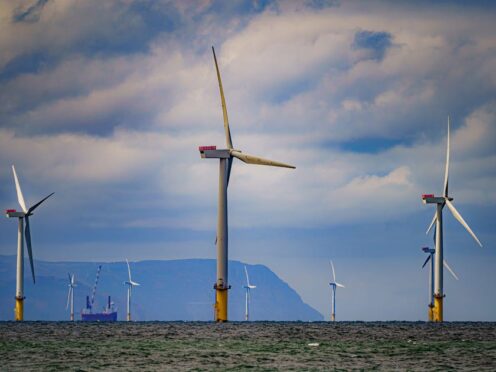Energy Secretary and Conservative candidate Claire Coutinho said the proportion of British electricity that comes from clean energy is “half” compared to “just 7% when Labour left power”.
Evaluation
Ms Coutinho’s claim is only accurate if nuclear power is not considered to be “clean energy”. The Cabinet minister has, on several occasions, referred to nuclear as clean energy.
The facts
Ms Coutinho’s team did not provide the data she had based this claim on.
Figures from the Department for Energy Security & Net Zero show that hydroelectric power, wind power, tidal, solar and bioenergy combined accounted for around 6.9% of the UK’s electricity generation in 2010 – the year that Labour left power. This matches Ms Coutinho’s claim.
That had risen to 47.3% by 2023, according to the department’s provisional figures. This also matches Ms Coutinho’s claim.
However, both totals exclude nuclear power. When that source is included, clean energy accounted for 23.1% of the UK’s electricity generation in 2010, which rose to 61.5% in 2023.
Ms Coutinho has on several occasions in the past referred to nuclear as clean energy.
In January 2024 she called it “clean, reliable, secure nuclear energy”. In October 2023 she said nuclear was “clean, secure energy”. In September 2023 she labelled it “clean, affordable energy” and in May 2024 she said it was “clean, reliable, homegrown energy”.
Separate data from National Grid’s Electricity System Operator (ESO) – which runs the supply system – shows that in 2010, the last year that Labour was in power, clean energy sources, including nuclear, provided around 21% of Great Britain’s electricity.
In 2023 that figure was around 54.5%. On the particular day that Ms Coutinho posted it was 57.3%.
The ESO figures without nuclear power included shows that remaining clean power sources only generated 2.9% of power in 2010, rising to 40.0% in 2023.
Links
Gov.uk – Fuel used in electricity generation and electricity supplied (archived)
ESO – Historic GB Generation Mix (archived page and data, downloads as .csv file)
